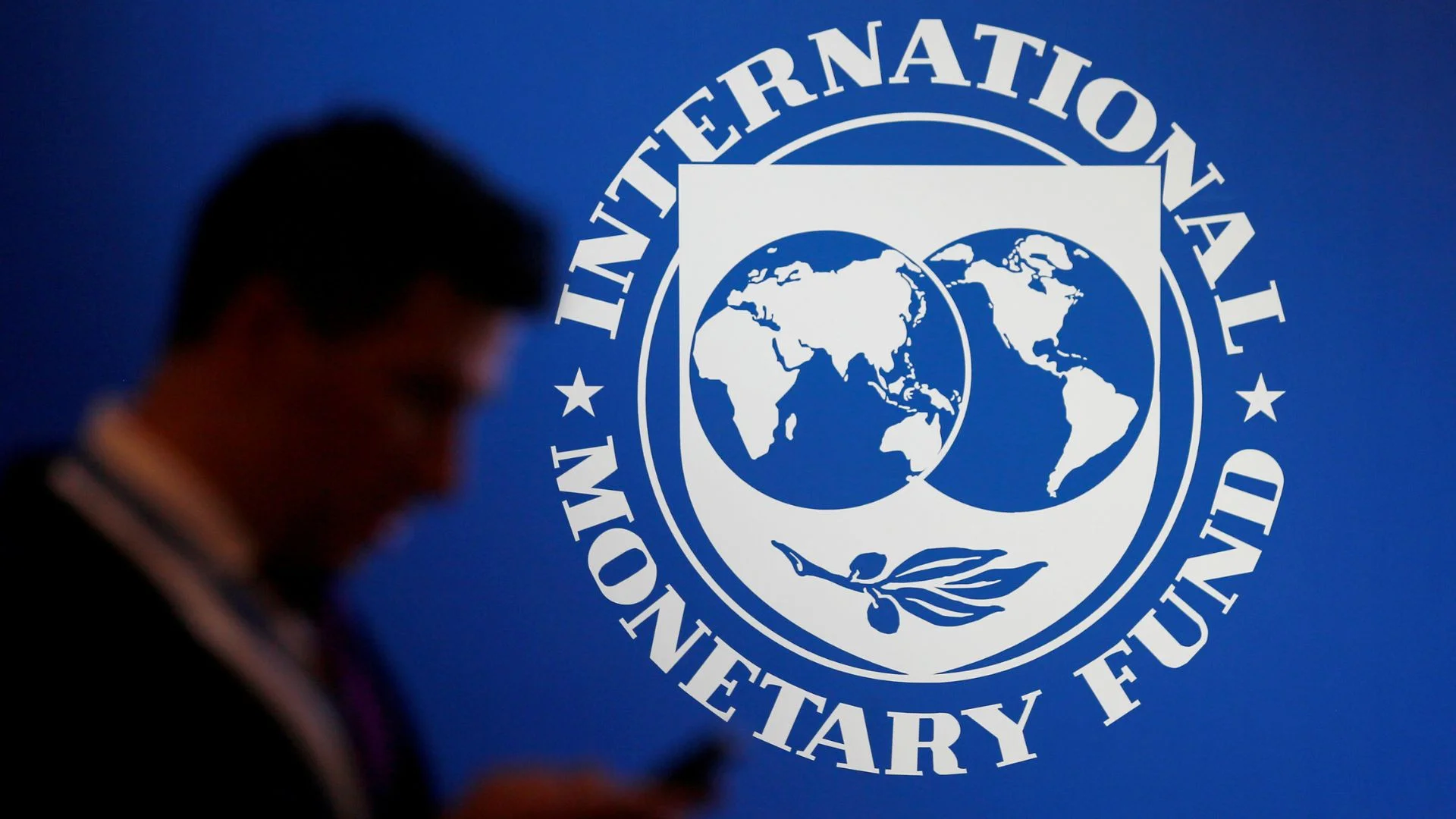Several countries are grappling with severe economic challenges as they navigate debt crises and seek recovery. While some nations, like Sri Lanka, show signs of stabilization, others, including Pakistan and Venezuela, continue to face significant hurdles.
Pakistan is on shaky ground despite securing a $3 billion International Monetary Fund (IMF) bailout that prevented immediate bankruptcy. The country is now negotiating a new multi-year loan of $7 billion, which pales in comparison to the estimated $123 billion in external financing needed by 2029. As Pakistan’s GDP fell to $374.904 billion in 2023-24, inflation rose to 9.6% in August, causing further hardship for its citizens. Although forex reserves recently surpassed $10 billion, they are insufficient to cover even three months of imports.
Sri Lanka, which defaulted on its $83 billion debt in April 2022, the economy is recovering, with forex reserves now at $5.95 billion its highest in three years. Inflation has dramatically decreased from 67% in September 2022 to just 1.1% in August 2024. However, rising poverty and debt obligations pose risks to its recovery, despite reaching a deal with creditors to restructure $12.5 billion in debt.
Bangladesh is also facing economic difficulties, with total debt rising to $156 billion. Although the country is not in a full-blown crisis, its forex reserves have dropped from $32 billion in January 2023 to $20 billion in September 2024, and inflation is projected to rise due to high food prices.
Venezuela, ongoing political turmoil and a history of defaulting on debt since 2017 have left the nation with a staggering $154 billion in debt. Despite a recent 5% economic expansion, 82% of the population lives in poverty.
Argentina has defaulted on its sovereign debt three times in the 21st century, accumulating over $400 billion in obligations. Although recent reforms have reduced inflation, poverty remains high at 52.9%, and the country faces a potential default in the next few years.
Zambia, which defaulted on Eurobond debt in 2020, recently restructured its $6.3 billion external debt but still faces challenges, including the need to restructure $3.3 billion in commercial loans.
Lastly, Ghana defaulted on most external debts in December 2022 but has begun to recover, with a recent debt restructuring deal in place that will see lenders take a 40% loss on their investments.
As these nations confront their economic challenges, the situation remains fluid, and international support may be crucial for their recovery.







